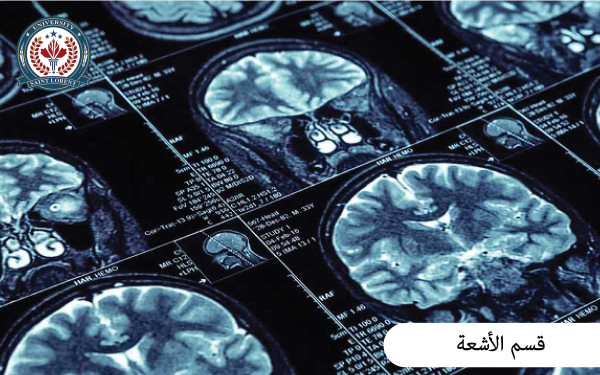Rays Medical Sciences / Rays

Medical students
Doctors and nurses
Students and researchers in health sciences
The importance of the Radiology Department lies in providing accurate and detailed images of tissues and organs inside the body, which enables doctors to diagnose medical conditions accurately and quickly. The Radiology Department helps determine the location of tumors, blocked veins, fractures, internal injuries, and organ infections, and helps in planning surgeries and monitoring patients’ response to treatment.
Thanks to technological developments in the field of radiology, it has become possible to obtain images of high quality and high resolution, which increases the effectiveness of doctors’ work and facilitates diagnosis and treatment processes. In addition, the Department of Radiology is considered one of the essential tools in medical education and scientific research.
Introduction to radiology and radiography.
Radiology anatomy and physics.
Medical imaging techniques.
Diagnostic and therapeutic radiology.
Bioimaging techniques.
Radiology management and patient safety.
